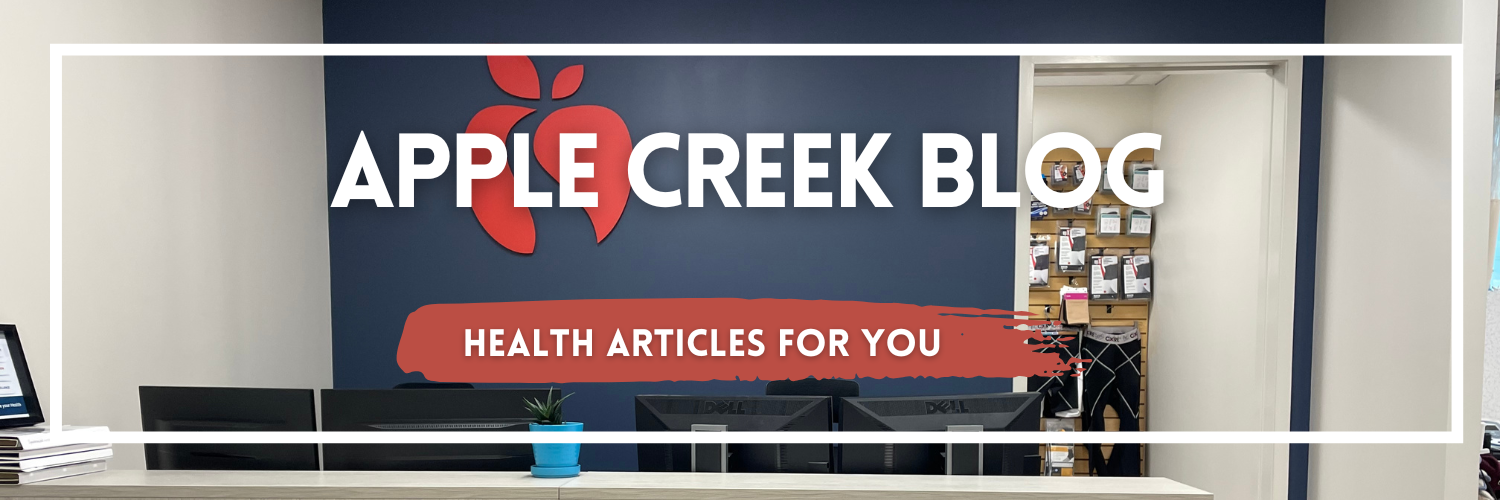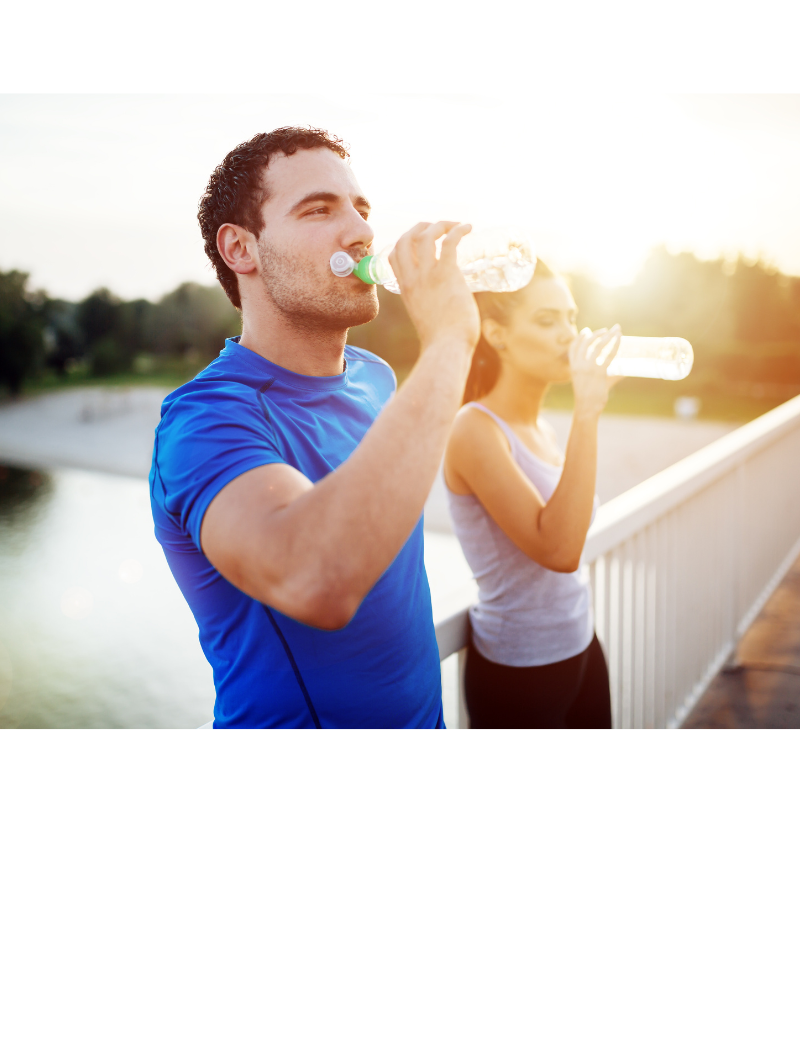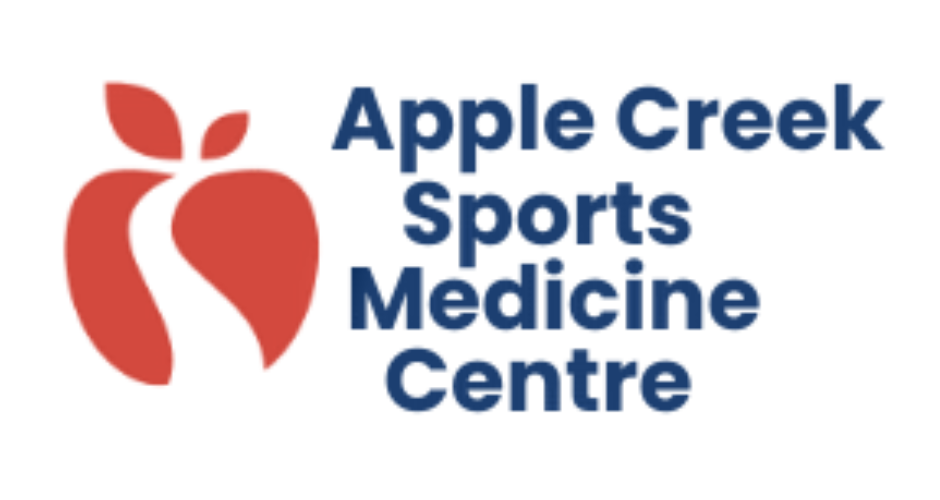
Heat and Hydration: Staying Safe During Warm Workouts
Vithujan Thangeswaren, Physiotherapist
The Summer Sweat: Performance or Risk?
Summer is a great time to take your workouts outdoors. Whether you’re running trails, playing sports, or training on the field, the warmer weather brings an extra level of motivation—and often, an extra level of risk. At Apple Creek Sports Medicine Centre, we see a number of athletes each summer facing the consequences of training too hard, too long, and too hot.
One of the most important lessons I teach patients and athletes alike is this: heat and hydration are not just performance factors—they’re safety essentials.
Let’s take a closer look at how you can protect your body while maximizing performance during warm-weather training.

How Heat Affects Your Body During Exercise
When you exercise in the heat, your body works overtime to regulate temperature. Here’s what’s happening behind the scenes:
- Increased blood flow to the skin to help dissipate heat
- Elevated heart rate as your body tries to maintain oxygen delivery
- Sweating to cool down—leading to fluid and electrolyte loss
- Decreased physical performance and cognitive function when dehydrated
If you’re not careful, this chain of events can lead to heat exhaustion, muscle cramps, or even heat stroke—a life-threatening condition that requires immediate medical attention.
Warning Signs You Should Never Ignore
It’s important to listen to your body. Stop exercising and seek help if you experience:
- Dizziness or lightheadedness
- Excessive fatigue
- Headache or confusion
- Muscle cramps
- Nausea or vomiting
- Dry skin or an absence of sweat in hot conditions
Hydration: More Than Just Drinking Water
Hydration isn’t just about water—it’s also about electrolyte balance. When you sweat, you lose sodium, potassium, and other minerals that are essential for muscle function and fluid retention.
Here are a few practical hydration tips:
✅ Pre-hydrate: Start drinking fluids 1–2 hours before you exercise.
✅ During exercise: Aim to drink every 15–20 minutes, especially during longer or high-intensity sessions.
✅ Electrolytes matter: For workouts longer than 60 minutes, or in extreme heat, consider drinks that contain electrolytes—not just plain water.
✅ Post-workout: Rehydrate based on your sweat loss. A good rule of thumb is 1.5 liters of fluid for every kilogram of body weight lost during exercise.
Smart Heat Strategies for Outdoor Workouts
You don’t need to avoid summer training—you just need to be smart about it. Here are my go-to recommendations:
- Train during cooler hours: Early morning or late evening workouts are best.
- Acclimatize gradually: Don’t jump into high-intensity workouts during the first heatwave of the season.
- Wear light, breathable clothing: Technical fabrics can help wick away sweat and keep you cool.
- Take breaks: Schedule rest periods in shaded areas to cool down your core temperature.
- Use cooling strategies: Cold towels, ice packs, or misting water on your body can aid in thermoregulation.
The Role of Physiotherapy
As a physiotherapist, I often work with athletes dealing with heat-related fatigue, cramping, and overuse injuries that stem from poor recovery during summer training. A comprehensive rehab and performance plan takes into account weather conditions, hydration needs, and recovery strategies.
If you’re unsure how to modify your training in the heat, or if you’ve experienced heat-related symptoms in the past, let’s chat. Our team at Apple Creek can help you train smarter, stay safer, and perform stronger—all summer long.
Final Thoughts
Don’t let the heat derail your goals. With proper hydration and smart training choices, you can enjoy all the benefits of warm-weather workouts without risking your health.
Remember: if you’re thirsty, you’re already playing catch-up. Be proactive with hydration, pay attention to how your body feels, and don’t underestimate the power of a shaded break or a cool sip of water.
About the Author:
Vithujan completed his Master of Science in Physical Therapy at the University of Toronto, and his Bachelor of Science in Kinesiology at the University of Waterloo. Vithujan focuses on education, exercise programs, and manual therapy techniques to help achieve your goals, optimize your function, and ultimately return you to the activities that mean the most to you.
For more information about Vithujan, click here

